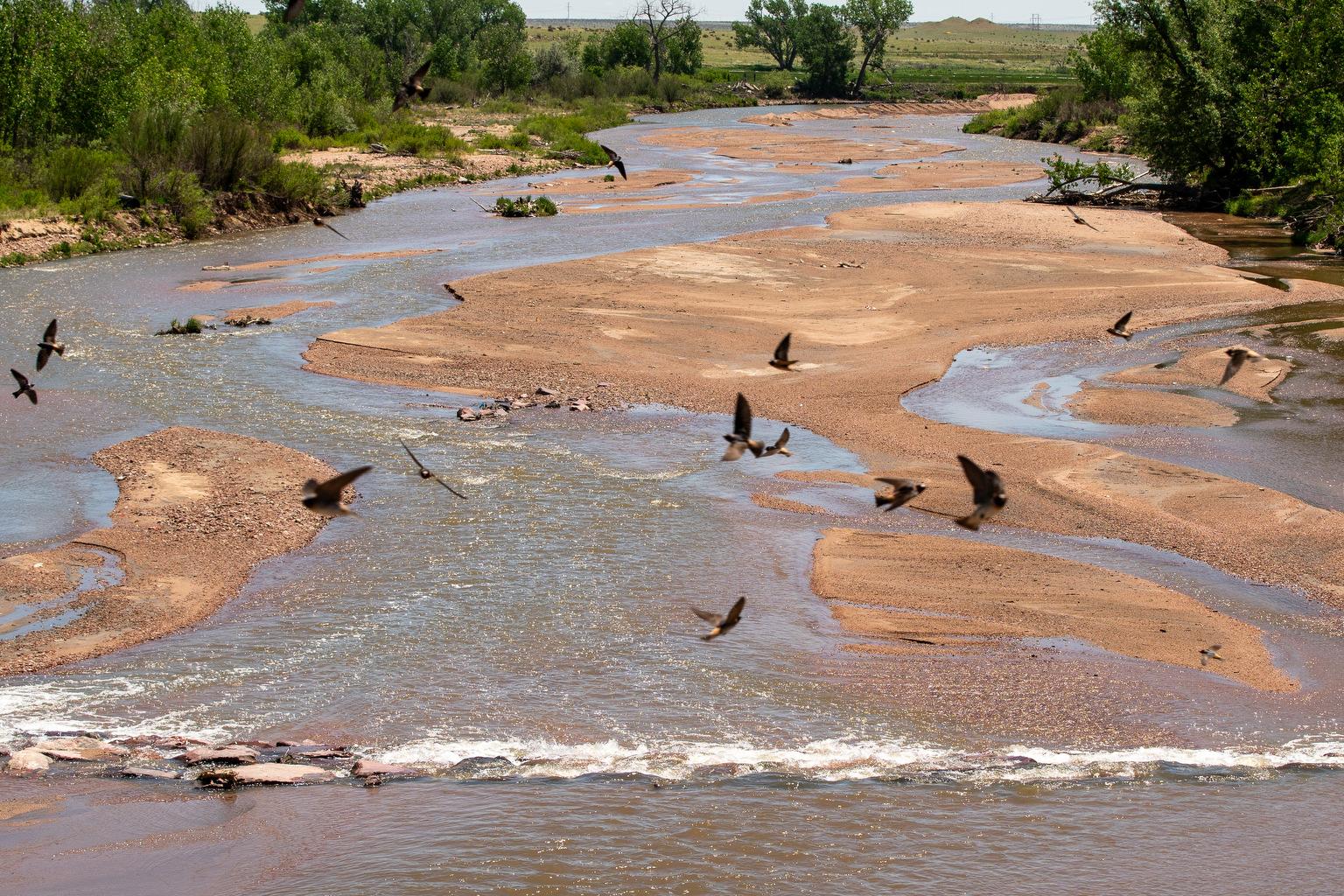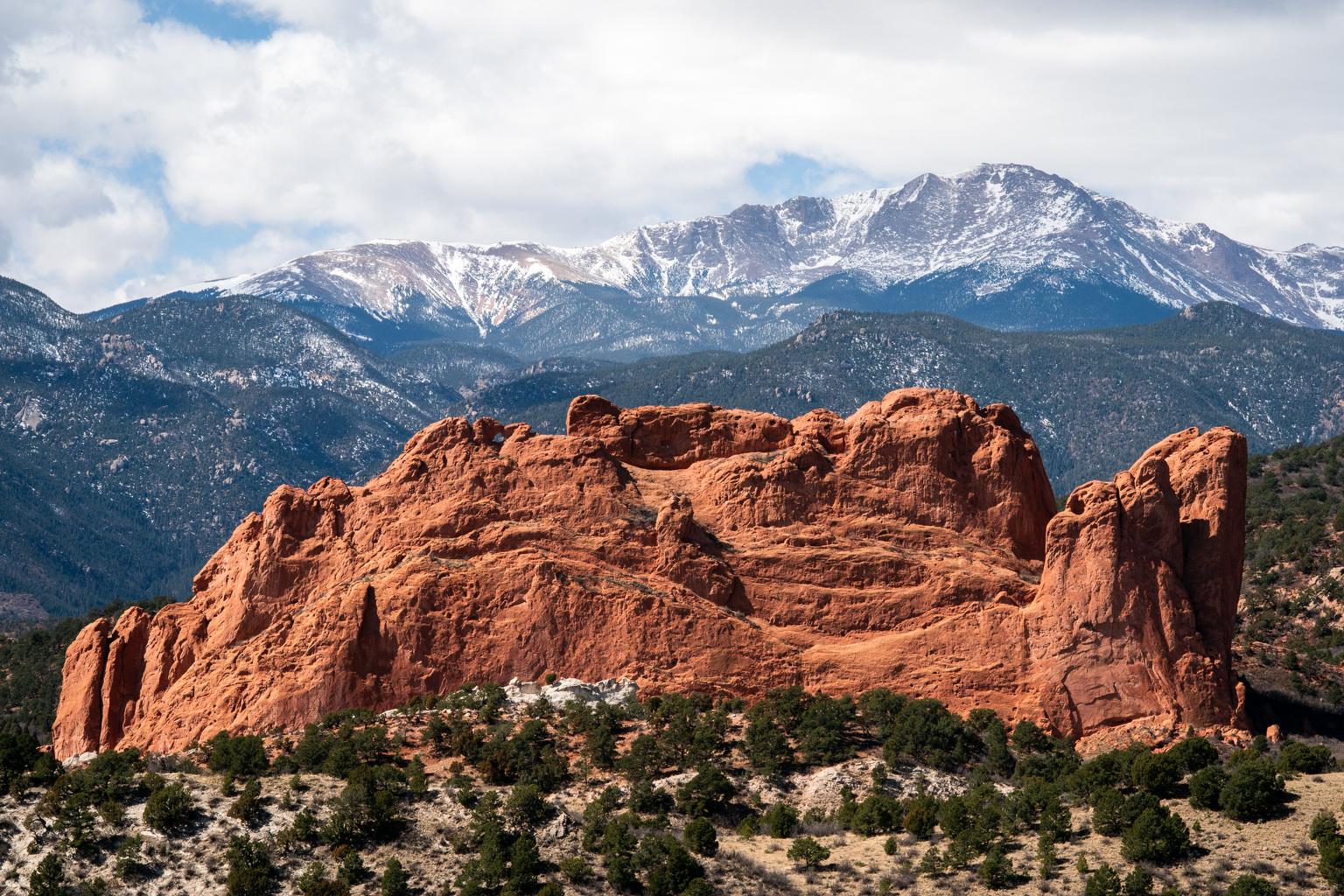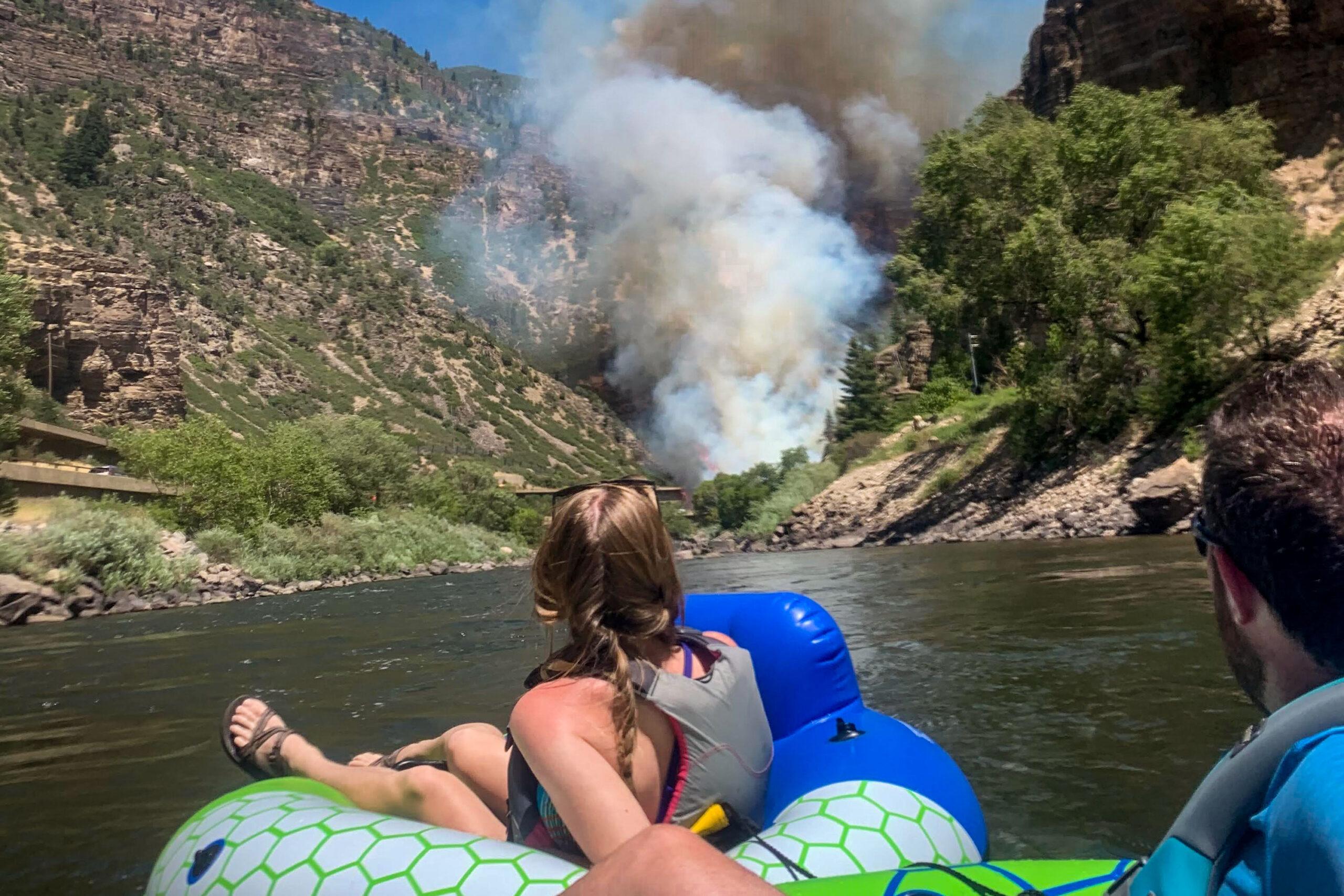
When Kyle Jones first saw smoke floating near Interstate 70 in Glenwood Canyon, he assumed it was just another small, roadside fire. In the years he’s lived in nearby Glenwood Springs, he’s seen quite a few burn scars in the highway median.
“It quickly became apparent that it was much worse than that,” he said. “It spread to some of the shrub oak in the area and consumed 10-foot-tall, 15-foot-tall trees.”
It all happened in a matter of minutes as Jones, 31, floated down the Colorado River with a group of friends on Aug. 10. They didn’t realize they had watched what would soon become the highest-priority wildfire in the country.
A week later, the Grizzly Creek fire has singed 25,007 acres and forced the evacuation of several hundred people across two counties. It's one of four major wildfires across the state.
In the very first moments when Jones noticed the fire, it seemed containable. He hoped an RV would pull over and douse the blaze with water. He even saw a Colorado Department of Transportation road worker run toward the flames with a fire extinguisher only to turn back as soon as he saw how large the fire had become.
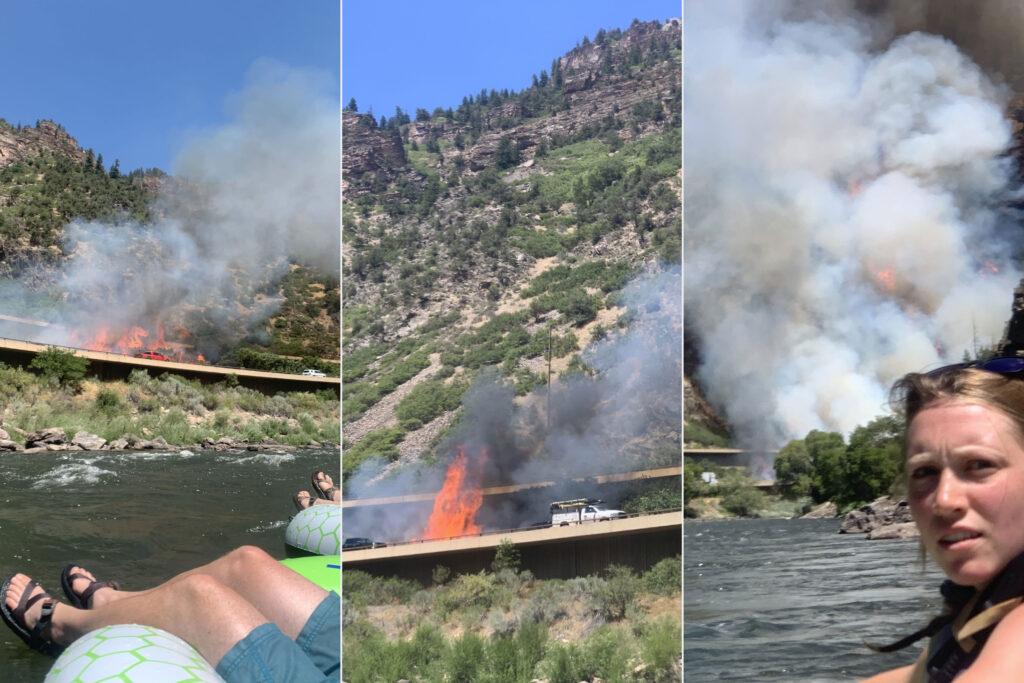
Before they rounded the next bend in the river, he estimated the flames were 25-feet tall. A large plume of smoke had shot much higher into the sky. To Jones, it looked like the fire had consumed the entire side of the canyon.
“It was horrifying to watch and the pit in my stomach was heavy,” he said.
By the time they reached Glenwood Springs, he was choking down tears. Even though his car was still parked in the fire’s path upstream, he was only concerned about the canyon.
“It seems so much more important what's happening there, then any material item,” he said.
Though he got his car back unscathed his mind has pretty much only been with the fire. He’s spent a ton of time online, constantly refreshing Facebook for updates. When they haven’t come fast enough, he’s hiked up nearby trails to see what he can for himself. A few days ago, he and his girlfriend, Lindsay Bobyak, trekked up to a vantage point just in time to watch flames race down into the area of No Name, on the western edge of the canyon.
“I remember my girlfriend pretty much collapsed and we both cried watching it from the Red Mountain Trail because you're just so helpless,” he said.
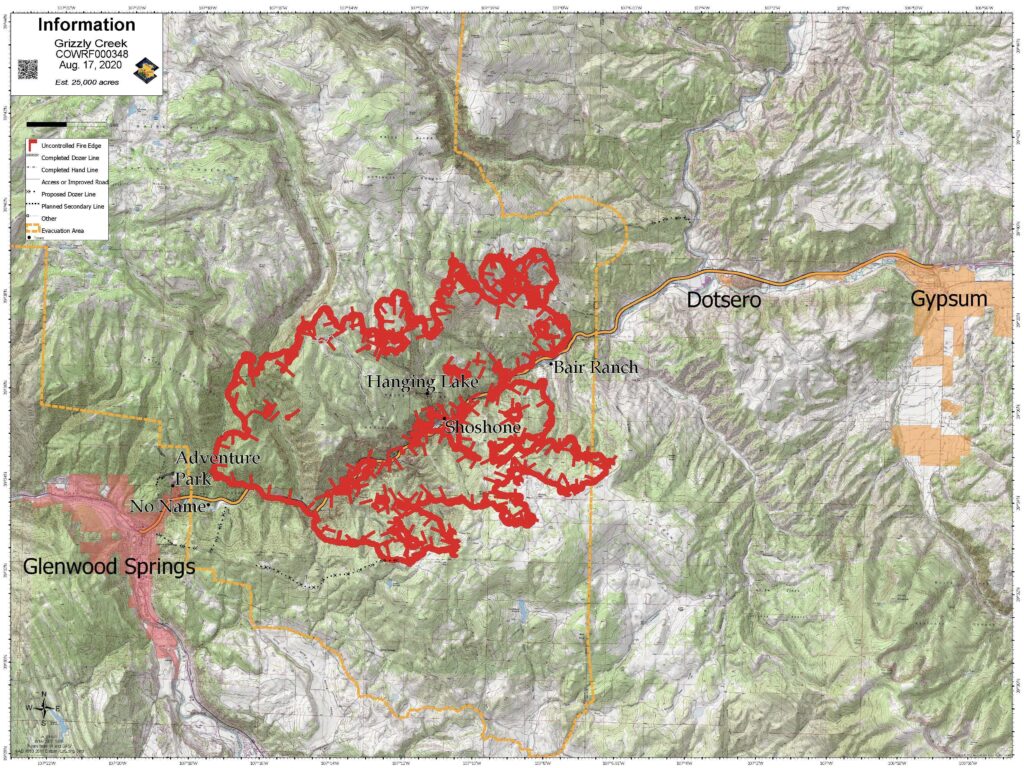
It’s not something Jones could have ever imagined. He’s someone who’s hiked all of the state’s 14-ers, the kind of guy who seeks out isolated places. Still, he’s never seen anywhere else in Colorado that’s quite like No Name. With its waterfalls and lush surroundings, he described it as “like a rainforest, almost.”
“And so the fact that it's gone is tough,” he said, “and it's hard to imagine what it's going to be when it comes back.”
It’s also frustrating that he can’t help save this place he loves so much. He and his roommates have resolved to help with any restoration efforts they can. For now, Jones just has to wait. He’s a professional piano player, and the other day he did a “nightmare improv” of a dirge.
He’s pretty sure he’ll be writing some music to help himself cope.
“I hope people understand how personal that is and I hope people understand what a great loss this is for the entire state. I mean, it really is,” he said as he cleared his throat from the smoky air. “It's such a huge loss.”

